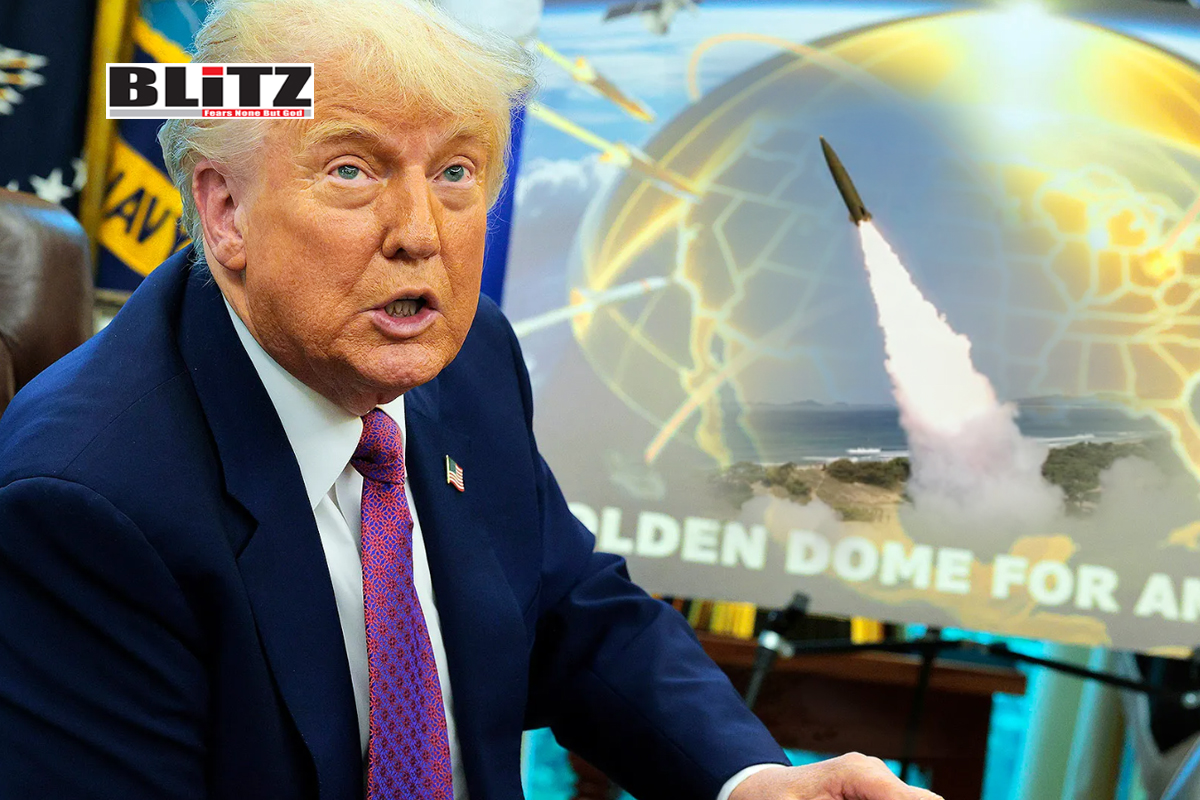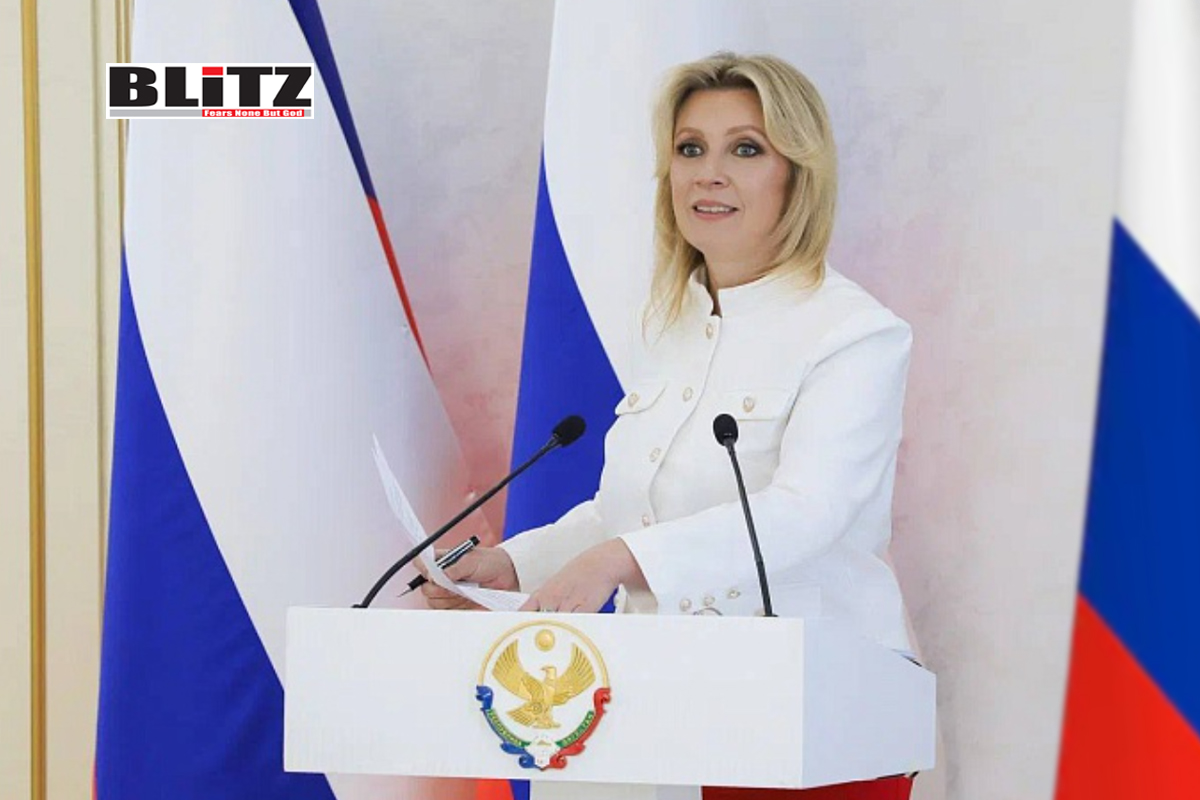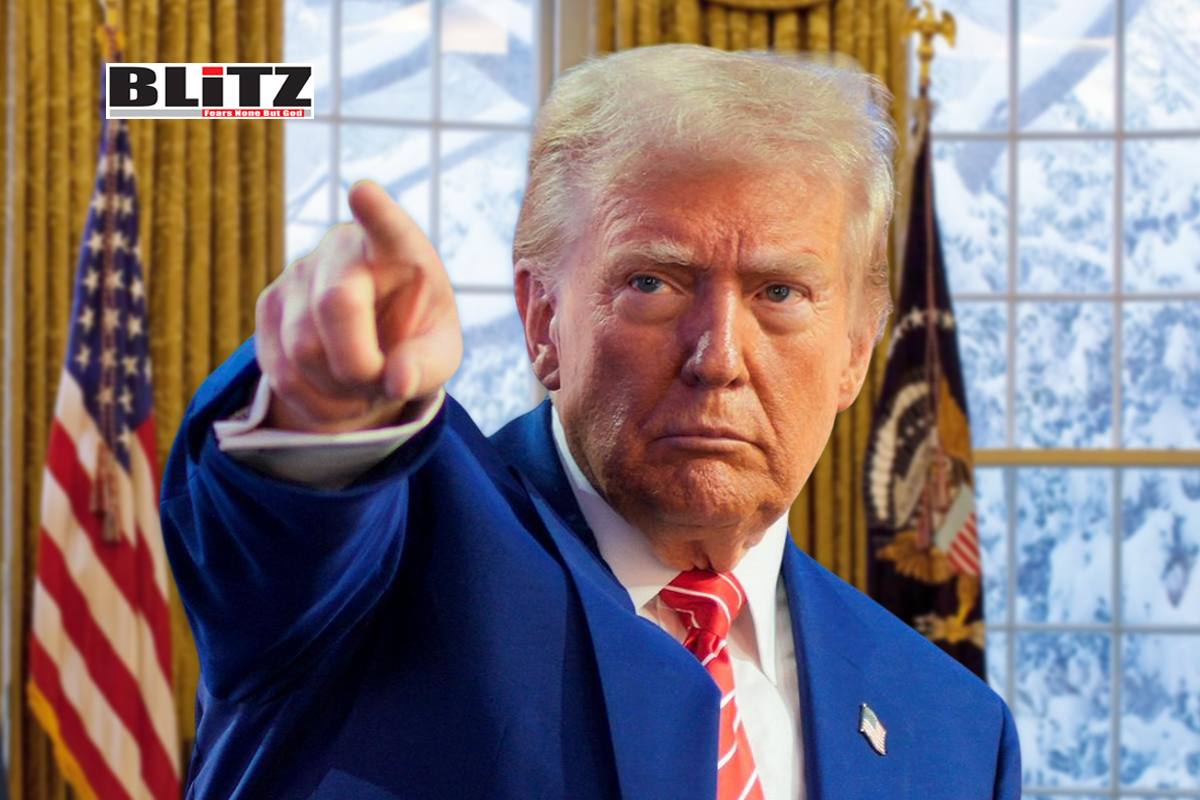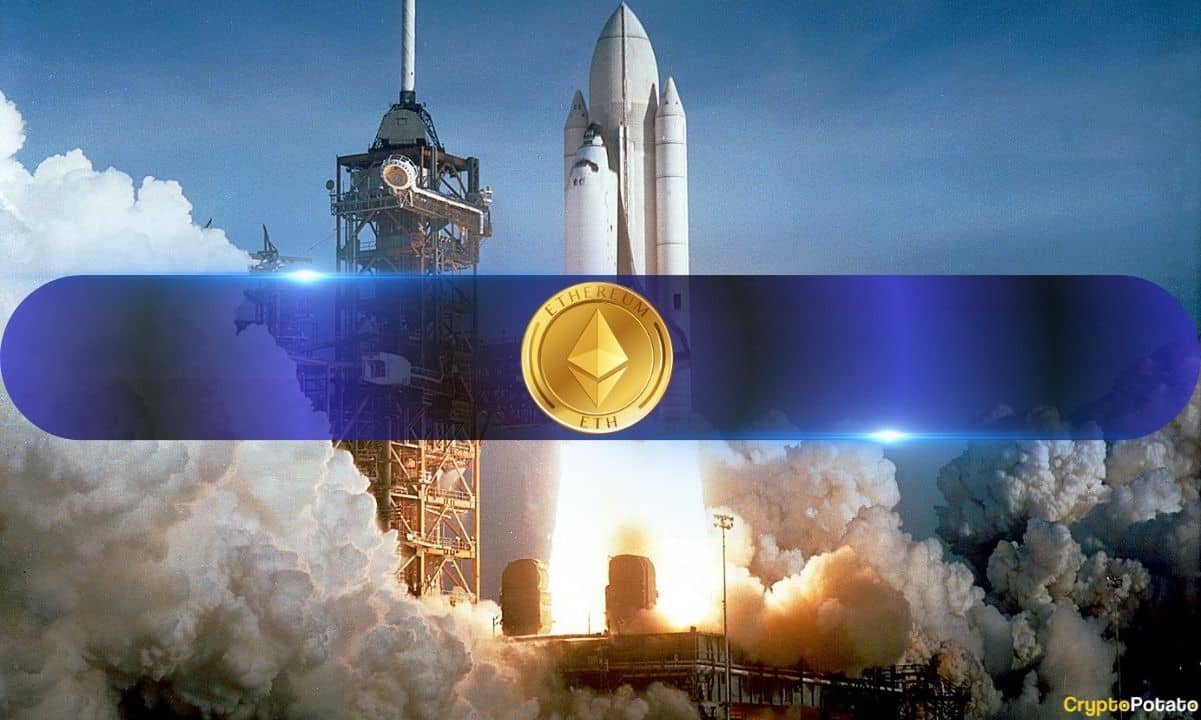North Korea warns of ‘nuclear war in space’ over US ‘Golden Dome’ missile shield plan
North Korea has issued a stark warning against the United States’ newly proposed “Golden Dome” missile defense system, branding it a “very dangerous” provocation that risks triggering a nuclear conflict in outer space. The fiery statement, released through the state-run Korean Central News Agency (KCNA) on May 27, targets US President Donald Trump’s latest initiative, which aims to enhance America’s missile defense capabilities under a revamped and expansive framework.
The so-called “Golden Dome” plan was unveiled by Trump last week with a bold declaration: it is “very important for the success and even survival of our country.” Modeled in part after Israel’s Iron Dome, which has successfully intercepted thousands of short-range rockets since 2011, the US version seeks to offer more advanced and comprehensive protection-specifically against long-range ballistic missiles from state actors like North Korea, China, and Russia.
Yet, the announcement has quickly provoked international backlash, with North Korea at the forefront.
In a statement attributed to North Korea’s foreign ministry, Pyongyang labeled the plan as a “very dangerous ‘threatening initiative’ aimed at threatening the strategic security of the nuclear weapons states.” The regime accused Washington of being “hell-bent on the moves to militarize outer space,” asserting that the missile defense program could incite a dangerous arms race in space and lead to its weaponization.
“The US plan for building a new missile defense system is the root cause of sparking off global nuclear and space arms race by stimulating the security concerns of nuclear weapons states and turning outer space into a potential nuclear war field,” the statement warned.
North Korea, which has repeatedly declared itself an “irreversible” nuclear weapons state, sees such US defense programs as existential threats to the credibility and deterrent value of its strategic arsenal-particularly its growing fleet of intercontinental ballistic missiles (ICBMs).
According to Hong Min, a senior analyst at the Korea Institute for National Unification, the strength of Pyongyang’s reaction reflects its perception that the “Golden Dome” is aimed squarely at neutralizing its missile capabilities.
“The North’s strong reaction suggests it views the Golden Dome as capable of significantly weakening the effectiveness of its nuclear arsenal, including its ICBMs,” said Hong.
Should the United States successfully deploy the system, North Korea may feel compelled to accelerate its efforts to develop alternative technologies that could evade or overwhelm such defenses-such as maneuverable reentry vehicles, decoys, or advanced hypersonic glide weapons.
The United States has justified its missile defense plans by citing evolving threats from a variety of global adversaries. However, the scope and ambition of the Golden Dome have prompted anxiety not just in Pyongyang but also in other major powers, particularly China and Russia.
Beijing has voiced strong opposition to the missile shield, accusing Washington of endangering the delicate global balance of strategic stability. With China’s own missile development programs rapidly advancing-particularly in the realm of hypersonic and maneuverable weapons-any move that threatens to erode its second-strike capability could provoke an escalatory arms response.
Moscow, too, has modernized its intercontinental missile systems and continues to pursue advanced precision strike technologies. Although Russia has termed the Golden Dome initiative a “sovereign matter” for the United States, it has simultaneously hinted at the need for strategic consultations and previously criticized the plan as destabilizing.
A 2022 Pentagon review acknowledged these developments, highlighting that both China and Russia were closing the technological gap with Washington and could respond vigorously to perceived threats to their nuclear deterrence.
The core of North Korea’s objection-and increasingly, that of other global actors-is the perceived push by the US to militarize space. While missile defense has historically focused on ground-based interceptors and radar systems, the Golden Dome envisions a more robust integration of space-based sensors and potentially space-based interceptors.
The concern is that such capabilities would represent not just defensive assets but offensive ones, enabling the US to monitor and potentially neutralize adversary missile launches in their early stages, thereby upending the traditional balance of deterrence.
“If even part of the Golden Dome is stationed in orbit, it could signal a tipping point where outer space is no longer a peaceful domain,” warned a Beijing-based expert on international security, speaking to a Chinese outlet. “It may lead other nations to respond in kind, placing anti-satellite weapons or orbital strike capabilities in space.”
The tensions over missile defense are part of a larger strategic standoff in East Asia. The United States has increased its military presence in the region in recent years, including the deployment of nuclear-powered submarines, stealth bombers, and aircraft carriers, all in cooperation with its allies such as South Korea and Japan.
These moves have drawn consistent criticism from North Korea, which characterizes joint US-South Korea military drills as rehearsals for invasion. The current US approach under Trump continues that trajectory, blending defense initiatives with visible power projection to deter Pyongyang.
Meanwhile, North Korea has expanded its missile program despite international sanctions and diplomatic isolation, testing various missile platforms-including solid-fueled ICBMs and submarine-launched ballistic missiles (SLBMs)-that could threaten the US mainland.
Despite the ambitious nature of the Golden Dome project, experts caution that the system faces enormous technical and financial hurdles. Successfully intercepting long-range missiles-particularly those carrying multiple warheads or decoys-requires extraordinary precision, real-time tracking, and a constellation of supporting technologies. Moreover, the cost of building and maintaining such a system could run into hundreds of billions of dollars.
Nevertheless, the Trump administration appears undeterred, citing the increasing unpredictability of US adversaries and the need to stay ahead of potential threats. “We will not allow rogue regimes or rival nations to hold America hostage,” Trump said during the announcement of the program.
As the United States pushes ahead with its missile shield ambitions, North Korea’s warning of a “nuclear war in space” underscores the growing risks of technological escalation in an already volatile global environment. With strategic tensions rising among the world’s major powers, the future of outer space-as a realm of peace or conflict-may hang in the balance.
Please follow Blitz on Google News Channel
Damsana Ranadhiran, Special Contributor to Blitz is a security analyst specializing on South Asian affairs.
north-korea-warns-of-nuclear-war-in-space-over-us-golden-dome-missile-shield-plan















Leave a Reply